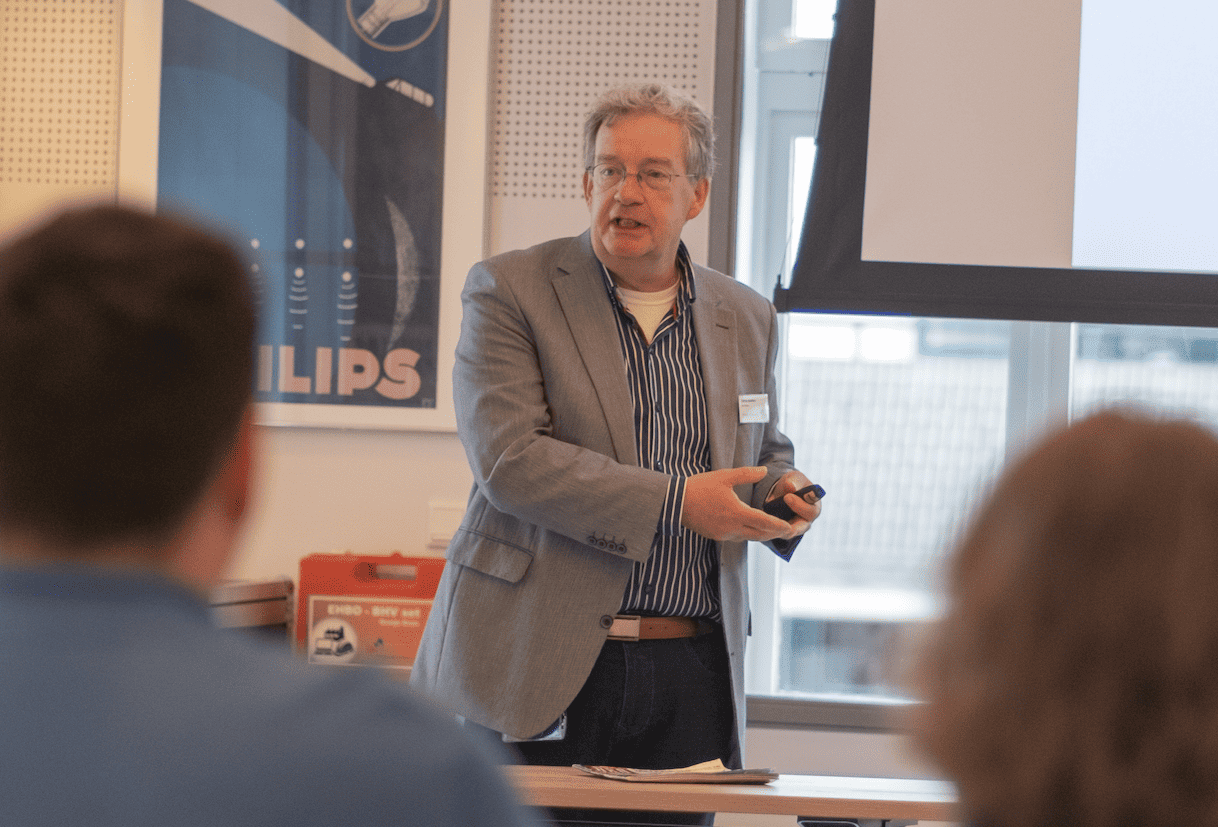
Last Friday I bumped into a former college student and I asked her where she worked these days. When she told me that she worked for a large company in the region, I almost felt a bit disappointed. She had been very active with one of the student teams, so I automatically assumed that she would be working for a start-up.
When I told her that I thought she was the kind of person who would typically work at a start-up, she said that she would love to do that and that she was taking her time to look around, but that this was a good first step. Quite understandable in itself but it reminded me of a day I also attended via the organization named Inspiring Fifty. This day was also dedicated to women and entrepreneurship and several studies were presented on the topic.
Fear of failure
In one of the presentations it was mentioned that the image that women grow up with is all about perfection. This makes them more afraid to fail and less inclined to go into business. This was illustrated with an eloquent example. Suppose there are 10 qualities in a job vacancy that the candidate has to meet, a man would think in 6 out of 10: “I think I can do it, I meet more than half of the requirements”. A woman would be more inclined to think “I’m not going to apply because I don’t meet 4 out of 10 criteria”. Of course this will certainly not apply to everyone, but I found it a recognizable picture.
Start-ups with female founders generate 10% more in cumulative revenue over a five-year period, according to BCG.
It was also stated that start-ups which have female founders have been proven to be more successful. They are better at handling their money and become profitable faster. Again, the reason given for this is that women prefer to be absolutely sure of their business. Therefore they only set up a start-up when they are convinced that there is a real future in it. In addition, women prefer to work on solutions which have social relevance. This often strengthens the market.
Women are also more focused on making their product match the customer’s needs so that the product-market fit of these start-ups becomes is reinforced as well. The latter has also been my personal motivation for joining Lightyear and I think this task has been taken on board thankfully.
Social safety net
I started at Lightyear at the same time as a friend. We were the first women to join a club of eight men. That would never have been a critical point, but I did notice that I liked the idea more than joining on my own. What I’vee also noticed when teaching young women is that women are looking for more assurances in indirect forms. For example: suppose I’m not that good at a particular subject, can I get extra homework help? A kind of social safety net in case you doubt your own own abilities. This underestimation of one’s own capabilities was always noticeably evident at these information events.
Read all our stories on women-run start-ups in our dossier here!
When asked “Who thinks you need at least 80% for mathematics to get into a technical university?” almost all girls would raise their hands by default. If the question after that was “Who thinks a 6 is enough?” it was mainly boys who raised their hands. This was also mentioned at Inspiring Fifty as a barrier for women to go into business. Unfortunately, it’s purely a matter of perception and highly culturally determined. The good news is that we can all do something about it. By continuing to share the success stories among other things. So, once more for every investor who is reading this: Start-ups with women founders are proven to be more successful!
About this column:
In a weekly column, written alternately by Tessie Hartjes, Floris Beemster, Bert Overlack, Mary Fiers, Peter de Kock, Eveline van Zeeland, Lucien Engelen, Jan Wouters, Katleen Gabriels and Auke Hoekstra, Innovation Origins tries to figure out what the future will look like. These columnists, occasionally joined by guest bloggers, are all working in their own way on solutions to the problems of our time. So that tomorrow is good. Here are all the previous articles.







